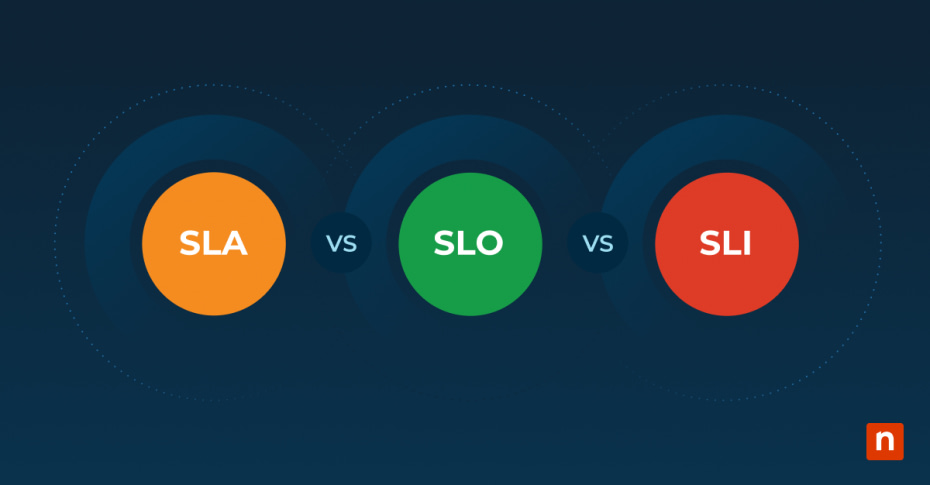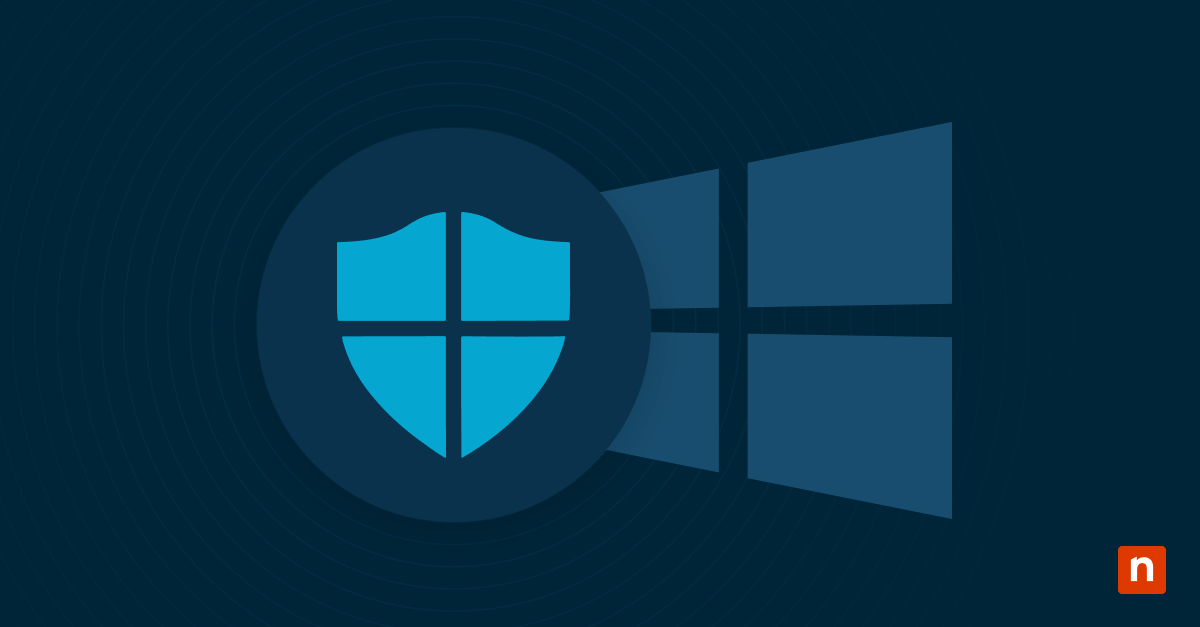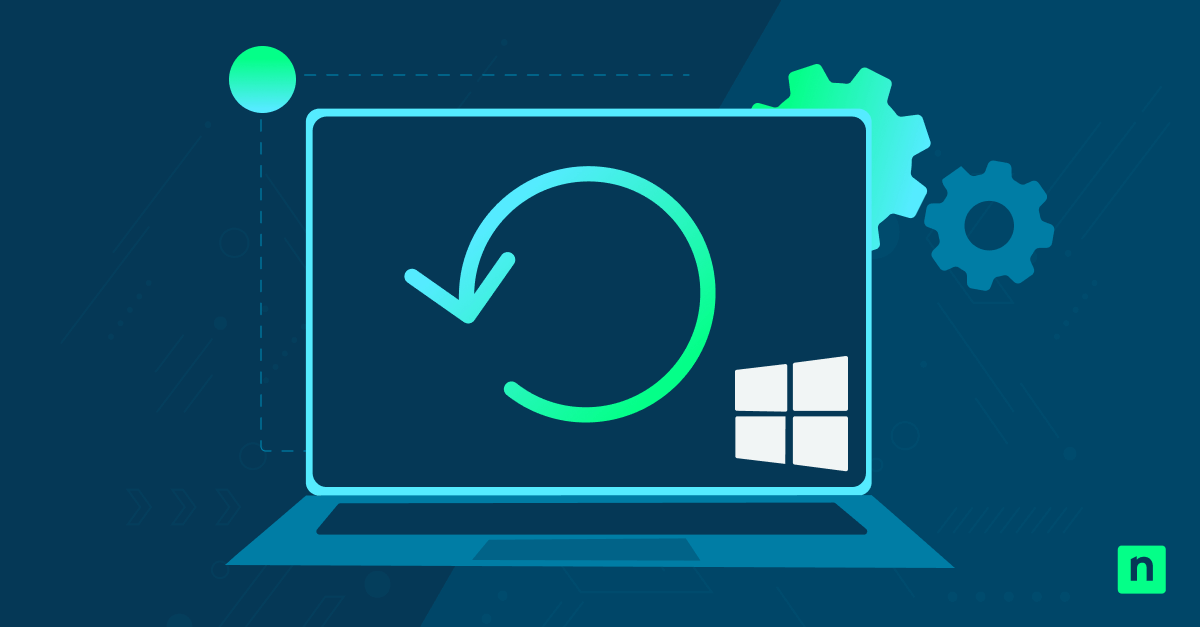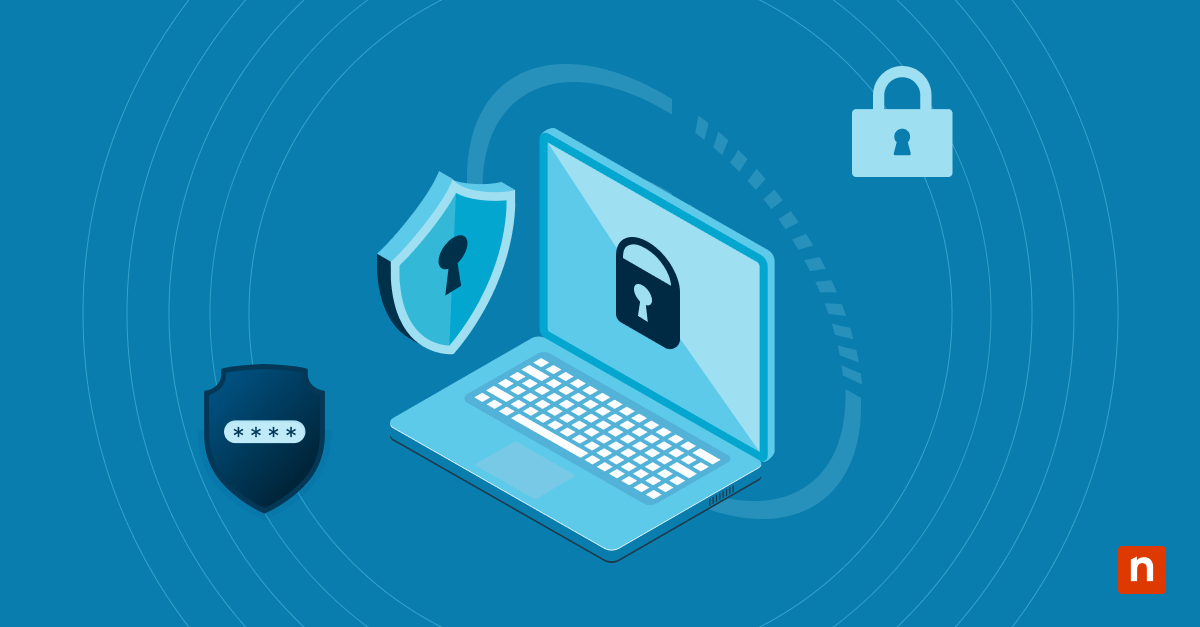Understanding the distinctions between SLA vs. SLO vs. SLI is fundamental for anyone involved in service management and IT operations. These terms often appear in discussions about service performance and quality, yet they represent different concepts and purposes.
What is SLA?
A Service Level Agreement (SLA) is a formal contract between a service provider and a customer. It outlines the specific services provided, the expected performance levels, the acceptable thresholds for those metrics and the consequences of failing to meet these standards.
An SLA also includes remedies or penalties if the service levels are not met. SLAs set clear expectations and responsibilities, ensuring both parties are aligned on the service delivery. The contractual nature makes SLAs binding and enforceable, providing a legal framework for service accountability.
Elements of an SLA
An SLA typically includes:
- Service description: Details about the services provided.
- Performance metrics: Specific criteria used to measure service performance.
- Responsibilities: Clearly defined duties of the service provider and the customer.
- Penalties and remedies: Consequences for failing to meet agreed service levels.
- Reporting and monitoring: Processes for tracking and reporting performance metrics.
What is SLO?
An SLO, or Service Level Objective, is a key element within an SLA. It represents a specific target or goal for service performance, defined in measurable terms. SLOs are not legally binding like SLAs but serve as internal benchmarks to ensure that the service meets the agreed-upon standards.
SLOs focus on operational metrics such as availability, latency and response time. They are usually set based on business requirements and user expectations, aiming to provide a high-quality user experience. By defining clear objectives, SLOs help in tracking performance and identifying areas for improvement.
Components of an SLO
An effective SLO includes:
- Metric definition: Specific measurements like uptime percentage or response time.
- Target value: The desired level of performance, such as 99.9% uptime.
- Measurement period: The timeframe over which the metric is evaluated.
- Calculation method: How the metric will be calculated and reported.
What is SLI?
An SLI, or Service Level Indicator, is a quantifiable measure of some aspect of the service’s performance. SLIs are the actual metrics used to gauge whether the SLOs are being met. They provide the raw data necessary for evaluating the service level and making informed decisions about service management.
SLIs can include metrics like error rate, request latency and throughput. They are necessary for monitoring and maintaining service performance, enabling proactive management and quick resolution of issues.
Examples of SLIs
Common SLIs include:
- Availability: The percentage of time the service is operational and accessible.
- Latency: The time it takes for a request to be processed.
- Error rate: The percentage of requests that result in errors.
- Throughput: The number of requests handled in a given period.
Interrelationships between SLA, SLO and SLI
The concepts of SLA vs. SLO vs. SLI are closely interconnected. Together, these elements create a comprehensive system for managing and improving service quality. SLAs establish the formal agreement, SLOs set the operational targets and SLIs provide the data to monitor performance. This structured approach ensures clarity, accountability and continuous improvement in service delivery.
SLA vs. SLO vs. SLI comparison
When comparing SLA vs. SLO vs. SLI, you must understand their unique roles and how they complement each other in the service management framework. Each term serves a distinct purpose, yet they are interrelated in maintaining and improving service quality.
Definitions and purposes
The definitions and purposes of SLA, SLO and SLI highlight their distinct roles in service management.
- SLA: A formal agreement outlining service expectations and responsibilities.
- SLO: Specific, measurable performance targets within the SLA.
- SLI: Metrics used to measure and monitor performance against SLOs.
Scope and specificity
The scope and specificity of these terms vary, with each serving a unique function in the overall service framework.
- SLA: Broad scope, covering various aspects of service delivery.
- SLO: More focused, targeting specific performance metrics.
- SLI: Highly specific, providing detailed data on performance.
Measurement and metrics
Measurement and metrics are crucial for evaluating service performance and ensuring compliance with defined standards.
- SLA: Includes high-level metrics to ensure overall service quality.
- SLO: Defines specific targets for these metrics.
- SLI: Provides the actual measurements to evaluate performance.
Stakeholder involvement
Different stakeholders are involved in each aspect of SLA, SLO and SLI, reflecting their respective purposes.
- SLA: Involves both service providers and customers.
- SLO: Primarily an internal tool for service providers.
- SLI: Used by service providers for monitoring and reporting.
Contractual implications
The contractual implications of SLA, SLO and SLI differ significantly, influencing how they are enforced and managed.
- SLA: Legally binding, with defined penalties for non-compliance.
- SLO: Not legally binding but crucial for operational success.
- SLI: Used for performance monitoring, with no direct contractual implications.
Best practices for implementing SLAs, SLOs and SLIs
To effectively implement SLAs, SLOs and SLIs, consider the following best practices:
- Have clear definitions: Ensure all terms are clearly defined and understood by all parties.
- Align with business goals: Set SLOs that support your overall business objectives.
- Regular monitoring: Continuously track SLIs to stay informed about service performance.
- Stakeholder communication: Keep all stakeholders informed about performance and any issues.
- Continuous improvement: Use data from SLIs to identify areas for improvement and adjust SLOs as needed.
- Review and update: Regularly review SLAs to ensure they remain relevant and effective.
Future trends in service level management
As technology advances, the practices around SLAs, SLOs and SLIs are also undergoing significant changes. Some of these changes include:
AI-driven analytics
One of the most notable trends is the integration of AI-driven analytics. By leveraging machine learning algorithms, businesses can predict potential service disruptions before they occur, enabling proactive management and minimizing downtime. These advanced analytics tools can analyze vast amounts of data in real time, providing insights that were previously unattainable.
Automated monitoring
Another emerging trend is automated monitoring. With the rise of cloud computing and distributed systems, manual monitoring is becoming increasingly impractical. Automated tools can continuously track SLIs, instantly alerting teams to any deviations from SLOs. This not only improves response times but also frees up IT staff to focus on more strategic tasks.
Adaptive service level agreements
Adaptive service level agreements are also gaining traction. Unlike traditional SLAs, which are static and often renegotiated annually, adaptive SLAs are dynamic and can adjust in real time based on changing conditions and performance data. This flexibility ensures that service agreements remain relevant and aligned with current business needs.
User experience focus
The increased focus on user experience is influencing how SLAs, SLOs and SLIs are defined and measured. Businesses are now prioritizing metrics that directly impact end-user satisfaction, such as load times and transaction success rates, rather than solely focusing on backend performance metrics.
By understanding SLA vs. SLO vs. SLI and staying ahead of these emerging trends, you can ensure that your service management practices are robust, flexible, and future-ready. This will help maintain high service standards and drive continuous improvement.
Of course, using the most effective solutions in your MSP will go a long way toward satisfying those SLA requirements. NinjaOne puts many of the tools you need to meet or exceed expectations right at your fingertips. Learn more about NinjaOne and start your free trial today.








